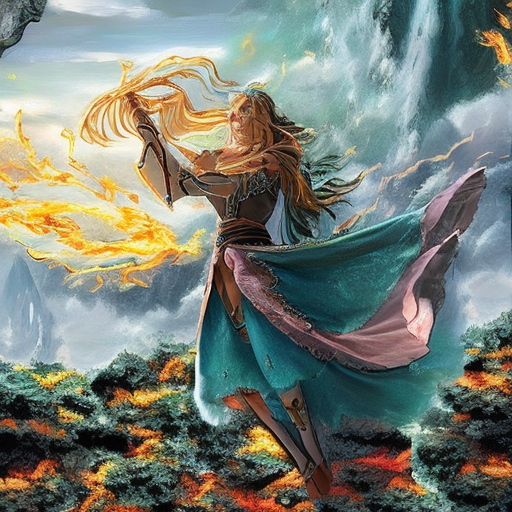Nausicaä of the Valley of the Wind by Hayao Miyazaki
Summary: In a post-apocalyptic world plagued by toxic jungles and warring nations, Princess Nausicaä must navigate political intrigue and environmental devastation to bring about peace and restore balance to the land.
Main Cast and Crew:
- Director: Hayao Miyazaki
- Writer: Hayao Miyazaki
- Key Actors: Sumi Shimamoto as Nausicaä, Goro Naya as King Jihl, Yoji Matsuda as Asbel, Yoshiko Sakakibara as Kushana
- Music Director: Joe Hisaishi
- Director of Photography: Hideshi Kyonen
- Producers: Isao Takahata, Toru Hara, Yasuyoshi Tokuma
Plot:
In a world devastated by the “Seven Days of Fire,” a global war that destroyed civilization, the surviving humans are divided into warring nations. The Valley of the Wind, led by King Jihl, is a peaceful kingdom surrounded by a toxic jungle known as the Sea of Decay. Princess Nausicaä, a brave and compassionate young woman, possesses a deep connection with the environment and its creatures.
When a massive airship from the Tolmekian Empire crashes near the Valley, Nausicaä discovers a dying princess, Kushana, who seeks to use an ancient weapon to eradicate the Sea of Decay and expand her empire. Nausicaä opposes this plan, believing that the Sea of Decay is not an enemy but a vital part of the ecosystem. She embarks on a journey to prevent war and find a way to coexist with the toxic jungle.
As Nausicaä uncovers the secrets of the Sea of Decay, she learns that it is purifying the Earth’s polluted soil and holds the key to restoring balance to the world. Along the way, she encounters the young warrior Asbel, who becomes her ally, and faces the wrath of the giant insects that inhabit the jungle. Nausicaä’s unwavering determination and empathy for all living beings inspire those around her and challenge the destructive ambitions of the Tolmekian Empire.
Themes and Motifs:
“Nausicaä of the Valley of the Wind” explores themes of environmentalism, pacifism, and the consequences of human greed. The film emphasizes the interconnectedness of all living things and the importance of respecting nature. Nausicaä’s unwavering compassion and her ability to communicate with the creatures of the toxic jungle highlight the need for empathy and understanding in a world torn apart by conflict.
The motif of flight is prevalent throughout the film, symbolizing freedom, exploration, and the transcendence of physical boundaries. Nausicaä’s glider and the majestic airships represent the human desire to soar above the limitations of the Earth and gain a broader perspective on life.
Reception and Legacy:
Upon its release in 1984, “Nausicaä of the Valley of the Wind” received critical acclaim for its stunning animation, complex characters, and thought-provoking themes. The film’s success paved the way for director Hayao Miyazaki’s future masterpieces and established Studio Ghibli as a powerhouse in the world of animation.
Although the film did not receive any major awards, it has since gained a cult following and is considered a classic of Japanese animation. Its influence can be seen in subsequent works by Miyazaki and other filmmakers, as well as in the broader environmental and pacifist movements.
Recommendation:
“Nausicaä of the Valley of the Wind” is a must-watch for fans of Hayao Miyazaki’s enchanting storytelling and breathtaking animation. With its compelling characters, rich world-building, and profound themes, the film offers a captivating journey that will leave viewers both entertained and inspired. Whether you are a fan of animation or simply appreciate thought-provoking cinema, this film is a true gem that should not be missed.
Memorable Quote:
“An insect’s life doesn’t matter? Neither does a human’s!” – Nausicaä












